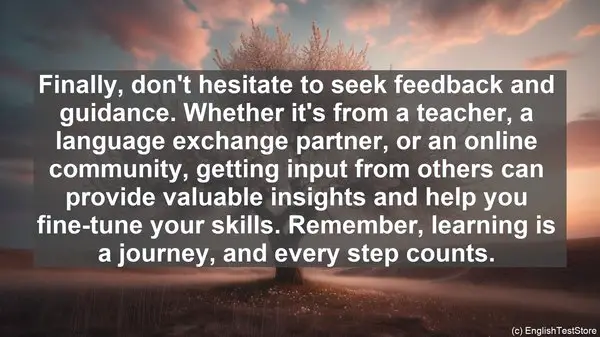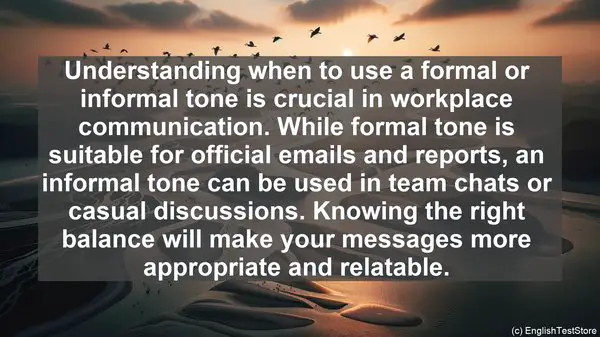Introduction: The Power of Online Communities
In today’s digital age, online communities and forums have become powerful platforms for learning and connecting. For English language learners at the B2 level, these platforms offer a goldmine of opportunities. Not only can you practice your language skills, but you can also engage with native speakers and fellow learners from around the world. In this video, I’ll be sharing 10 effective methods to make the most of these communities. Let’s dive in!
1. Active Listening and Reading
When you join an online community, start by observing. Read posts, comments, and discussions. Listen to podcasts or watch videos shared by members. This not only exposes you to different perspectives but also helps you understand the community’s tone and language usage.
2. Thoughtful Contributions
Once you’re familiar with the community’s dynamics, it’s time to contribute. When commenting or replying to a post, take the time to craft thoughtful responses. Share your insights, ask questions, or provide suggestions. This not only adds value to the discussion but also showcases your language proficiency.
3. Joining Language Exchange Groups
Many online communities have language exchange groups where learners can connect with native speakers. These groups often follow a ‘tandem’ approach, where you can practice your target language with a native speaker who, in turn, wants to learn your native language. It’s a win-win!

4. Participating in Challenges and Contests
Challenges and contests are a great way to push yourself and showcase your skills. Many communities organize writing or speaking challenges, where participants are given a prompt or topic to work on. Not only do these activities enhance your language abilities, but they also provide an opportunity for feedback and improvement.
5. Following Influencers and Experts
Identify influencers and experts in your field of interest within the community. Follow their posts, engage with their content, and learn from their expertise. This not only helps you stay updated with the latest trends but also provides valuable learning resources.
6. Creating and Sharing Content
Don’t just be a passive consumer; be a creator too. Share your thoughts, experiences, or even your own content. It could be a blog post, a video, or even a podcast. Creating content not only helps you express yourself but also attracts like-minded individuals to engage with you.
7. Asking for Feedback
Feedback is crucial for growth. When you share your work or ideas, don’t hesitate to ask for feedback. Constructive criticism from the community can help you identify areas of improvement and refine your skills.
8. Attending Virtual Events and Webinars
Many communities organize virtual events, webinars, or workshops on various topics. These events not only provide valuable insights but also offer networking opportunities. Make sure to actively participate, ask questions, and connect with fellow attendees.

9. Building Connections
Online communities are all about connections. Engage with members, respond to their comments, and build relationships. These connections can not only enhance your learning experience but also open doors to future collaborations or opportunities.
10. Consistency is Key
Lastly, consistency is crucial. Engaging with online communities should be a regular practice. Set aside dedicated time each day or week to participate, contribute, and learn. The more consistent you are, the more you’ll benefit from these platforms.


















